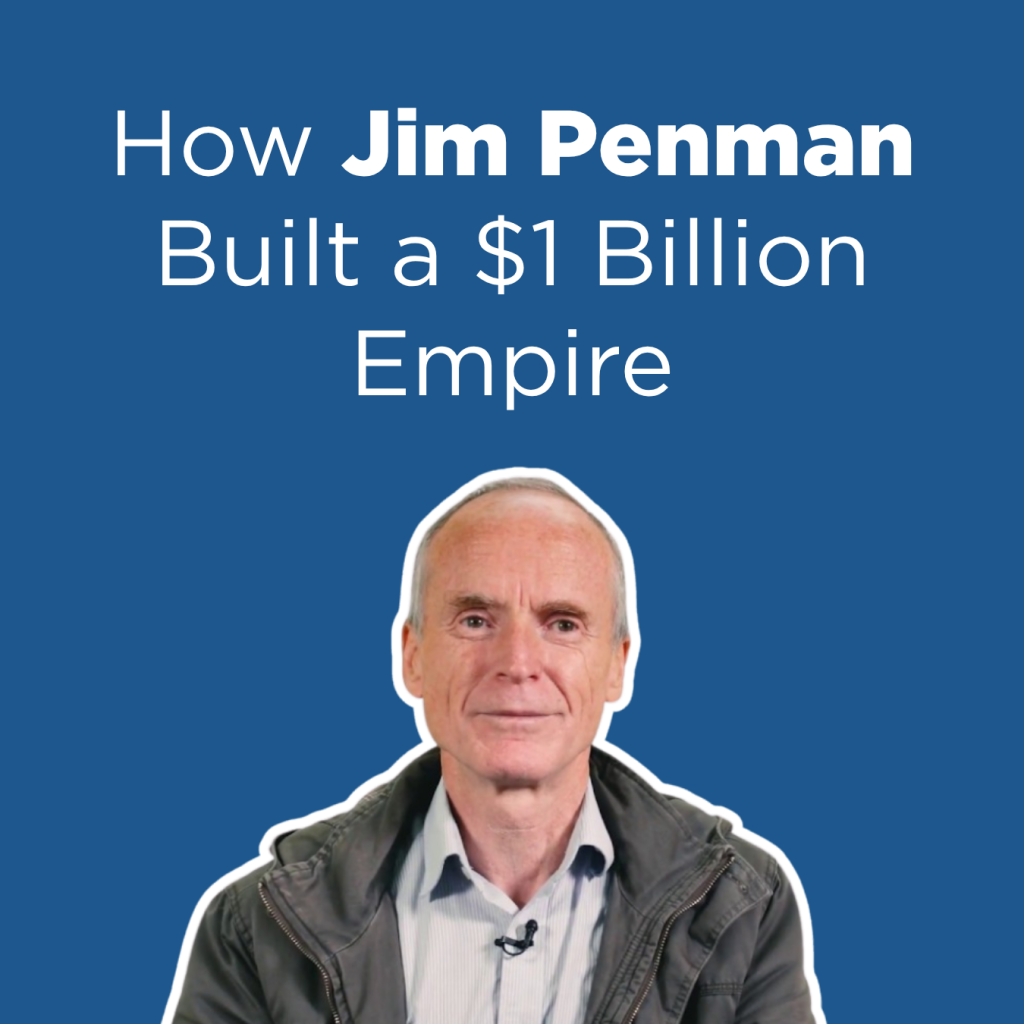
Jim Penman never set out to become one of Australia’s most successful entrepreneurs. In fact, his original goal? Finish a PhD in history.
In the 1980s, while buried in academic research, Jim mowed lawns part-time to support himself. What started as a side hustle quickly outgrew the classroom. When his thesis was rejected by his university, Jim pivoted—not to another academic path, but to something far more practical: turning mowing lawns into a scalable business.
That moment—of rejection and redirection—sparked the beginnings of Jim’s Mowing, and eventually, Jim’s Group.
A Man with a Mower, No Business Plan, and Zero Faith in Franchising
In the early days, Jim wasn’t thinking about franchises. He had no business background. No investors. Just a strong work ethic, a battered van, and one key principle:
“Look after the customer—and look after the franchisee.”
Despite his growing customer base, Jim resisted franchising. He’d seen it done poorly: franchisees left unsupported, customers ignored, quality plummeting. But as demand exploded and he became overwhelmed, he realized franchising—done right—could help him grow while still maintaining his service standards.
In 1989, Jim officially began franchising Jim’s Mowing.
A Relentless Focus on People and Systems
Jim didn’t scale by chasing profits—he scaled by creating systems that empowered others.
Every franchisee got access to:
- A guaranteed support system
- Strict customer service standards
- Freedom to grow their own business within the brand
He obsessively tracked feedback, enforced performance standards, and stayed hands-on in the business. He even made his personal phone number available to franchisees, inviting them to call if support ever failed.
That obsessive focus on people became the cornerstone of Jim’s Group.
From Backyard Business to $1-Billion Global Franchise
Today, Jim’s Group has:
- 5,000+ franchisees
- 52+ service divisions (everything from dog washing to bookkeeping)
- Over 1 million annual customer calls
- Generates around $1 billion annually
And it’s still growing—organically, by word of mouth, and with Jim personally reviewing every new franchise proposal.
In Jim’s words:
“You don’t build a great business by chasing money. You build it by obsessing over service and treating your people right.”
Business Lessons from Jim’s Journey
Here are key takeaways from Jim’s rise:
- Start Small, Think Big
Jim started with a mower and a van. He ended up building Australia’s most recognizable service brand. - Franchise Right or Don’t Franchise at All
Bad franchises bleed out. Jim’s survived because he prioritized franchisee support above all else. - Systems Drive Growth
You can’t scale chaos. Jim built repeatable processes that guaranteed service quality—no matter the division. - Answer the Damn Phone
Jim’s personal number is still public. He believes in accountability from the top down. - Your People Are the Brand
Franchisees aren’t just workers. They’re business owners and brand ambassadors. Invest in them. - Let Feedback Hurt You
Jim reads complaints obsessively. Why? Because every one is a chance to improve. - Reputation > Revenue
A great reputation brings long-term success. Jim built his empire one satisfied customer at a time.
Final Thoughts
Jim Penman’s story—from academic reject to franchise mogul—isn’t about luck, funding, or flashy ideas. It’s about service, systems, and staying obsessed with the basics.
It’s also a reminder: You don’t need to be flashy to build something great. You just need to be relentless about doing right by people.
Whether you’re just starting your service business or stuck trying to scale it—Jim’s story proves this: You’re always one system, one standard, and one decision away from building something massive.
Feeling inspired by Jim’s story?
Whether you’re scaling your service business, aiming to attract better clients, or simply trying to get more organized—you don’t have to do it alone. We work with business owners every day to help them move with more clarity, strategy, and confidence.
What part of Jim’s journey hit home for you? Drop a comment below—we’d love to hear your take, your struggles, or your own business story.

